.80 bore diameter, 45.625" octagonal-to-round barrel with British proofs on the top flat of barrel. Very plain rounded lockplate with royal cipher of King William III. Brass buttplate which is secured to the stock by the use of six iron nails and retained by three sidelock screws. Barrel is held to stock by three pins and a tang screw. Buttstock is quite dark and could either be ash or locust. On the left side of stock the initials "TH" and "D" are stamped in the stock near the buttplate. Two sheet brass ferules. Wood ramrod. Circa 1690-1710. This piece was found many years ago in Narrows, an early town located in Giles County, Virginia. It is near a narrow gouge formed by the cutting of the New River through the Allegheny Mountains, hence the town name. The musket appears to have seen little service, but the lock is inoperative due to a broken sear which is still present in the lock. Apparently the piece was set aside for repair and somehow overlooked and forgotten. The grey English flint retains its original leather flint cushion between the jaws of the cock. The wood ramrod (though cracked and repaired) appears to be original to the musket. Supporting documentation and general research accompanies this piece which won "Single Weapon Best of Show" at the Maryland Arms Show in Timonium Maryland in 2006. This iron-mounted military musket pre-dates the earliest standardized Long Land Pattern service weapon known fondly as “Brown Bess” which made its appearance sometime during the late 1720’s. The flintlock was not manufactured to a “Sealed Pattern” and was issued during a time when English colonels routinely purchased “privately made arms for their regiments” at the lowest possible cost to themselves, thus insuring a profit. During the reign of William III (1689-1702) both the obsolete matchlock musket and newer flintlock musket served side-by side as the former transitioned from the scene along with pole arms and pikemen. Under the restored Protestant King William the consortium of London gun makers dominated the military trade making quantities of “completely fabricated muskets” under contract to the regimental colonel who, in turn, expected reimbursement usually at at premium from the Master-General of Ordnance. The myriad of stamped crowns and proof marks that signify later English weapons had yet to be established. The lock plate of this example bears the royal cypher of William III (a nearly identical lock is illustrated in Marlborough’s Army 1702-1711, Osprey Series (p.35) together with stamped letters “TH”, probably the initials of the regimental or company commander, and the letter “D” indicating D Company. During the War of Spanish Succession (1701-1712) London made flintlocks were insufficient to supply the expanding army and many “inferior quality” arms were necessarily acquired in Holland and Belgium at grossly inflated prices. This ultimately led to the implementation of the Ordnance System around 1715 and the beginning of the standardized or sealed pattern Long Land Pattern Musket that would ultimately evolve into the “Brown Bess.” The specifications of this flintlock closely match the bore (.75 cal.) and length (46 inches) of the succeeding Queen Ann musket. The musket retains it original wooden ramrod (steel ramrods first noted in 1724) and would have utilized the early plug bayonet as opposed to a socket bayonet. This is precisely the type of weapon that might have seen service at Blenheim against the French in 1704 under the brilliant leadership of the Duke of Marlborough. Condition: The barrel and lock have a dark brown patina mixed with even pitting scattered throughout. Metal has a dark look that blends well with the patina on the stock and matches evenly. Stock contains some small dents throughout its surface along with a small number (ca 15) of inactive worm holes only in the forestock area. Two stock indentations from rounded (domed) screw head impressions from another musket on the reverse side of the
.80 bore diameter, 45.625" octagonal-to-round barrel with British proofs on the top flat of barrel. Very plain rounded lockplate with royal cipher of King William III. Brass buttplate which is secured to the stock by the use of six iron nails and retained by three sidelock screws. Barrel is held to stock by three pins and a tang screw. Buttstock is quite dark and could either be ash or locust. On the left side of stock the initials "TH" and "D" are stamped in the stock near the buttplate. Two sheet brass ferules. Wood ramrod. Circa 1690-1710. This piece was found many years ago in Narrows, an early town located in Giles County, Virginia. It is near a narrow gouge formed by the cutting of the New River through the Allegheny Mountains, hence the town name. The musket appears to have seen little service, but the lock is inoperative due to a broken sear which is still present in the lock. Apparently the piece was set aside for repair and somehow overlooked and forgotten. The grey English flint retains its original leather flint cushion between the jaws of the cock. The wood ramrod (though cracked and repaired) appears to be original to the musket. Supporting documentation and general research accompanies this piece which won "Single Weapon Best of Show" at the Maryland Arms Show in Timonium Maryland in 2006. This iron-mounted military musket pre-dates the earliest standardized Long Land Pattern service weapon known fondly as “Brown Bess” which made its appearance sometime during the late 1720’s. The flintlock was not manufactured to a “Sealed Pattern” and was issued during a time when English colonels routinely purchased “privately made arms for their regiments” at the lowest possible cost to themselves, thus insuring a profit. During the reign of William III (1689-1702) both the obsolete matchlock musket and newer flintlock musket served side-by side as the former transitioned from the scene along with pole arms and pikemen. Under the restored Protestant King William the consortium of London gun makers dominated the military trade making quantities of “completely fabricated muskets” under contract to the regimental colonel who, in turn, expected reimbursement usually at at premium from the Master-General of Ordnance. The myriad of stamped crowns and proof marks that signify later English weapons had yet to be established. The lock plate of this example bears the royal cypher of William III (a nearly identical lock is illustrated in Marlborough’s Army 1702-1711, Osprey Series (p.35) together with stamped letters “TH”, probably the initials of the regimental or company commander, and the letter “D” indicating D Company. During the War of Spanish Succession (1701-1712) London made flintlocks were insufficient to supply the expanding army and many “inferior quality” arms were necessarily acquired in Holland and Belgium at grossly inflated prices. This ultimately led to the implementation of the Ordnance System around 1715 and the beginning of the standardized or sealed pattern Long Land Pattern Musket that would ultimately evolve into the “Brown Bess.” The specifications of this flintlock closely match the bore (.75 cal.) and length (46 inches) of the succeeding Queen Ann musket. The musket retains it original wooden ramrod (steel ramrods first noted in 1724) and would have utilized the early plug bayonet as opposed to a socket bayonet. This is precisely the type of weapon that might have seen service at Blenheim against the French in 1704 under the brilliant leadership of the Duke of Marlborough. Condition: The barrel and lock have a dark brown patina mixed with even pitting scattered throughout. Metal has a dark look that blends well with the patina on the stock and matches evenly. Stock contains some small dents throughout its surface along with a small number (ca 15) of inactive worm holes only in the forestock area. Two stock indentations from rounded (domed) screw head impressions from another musket on the reverse side of the

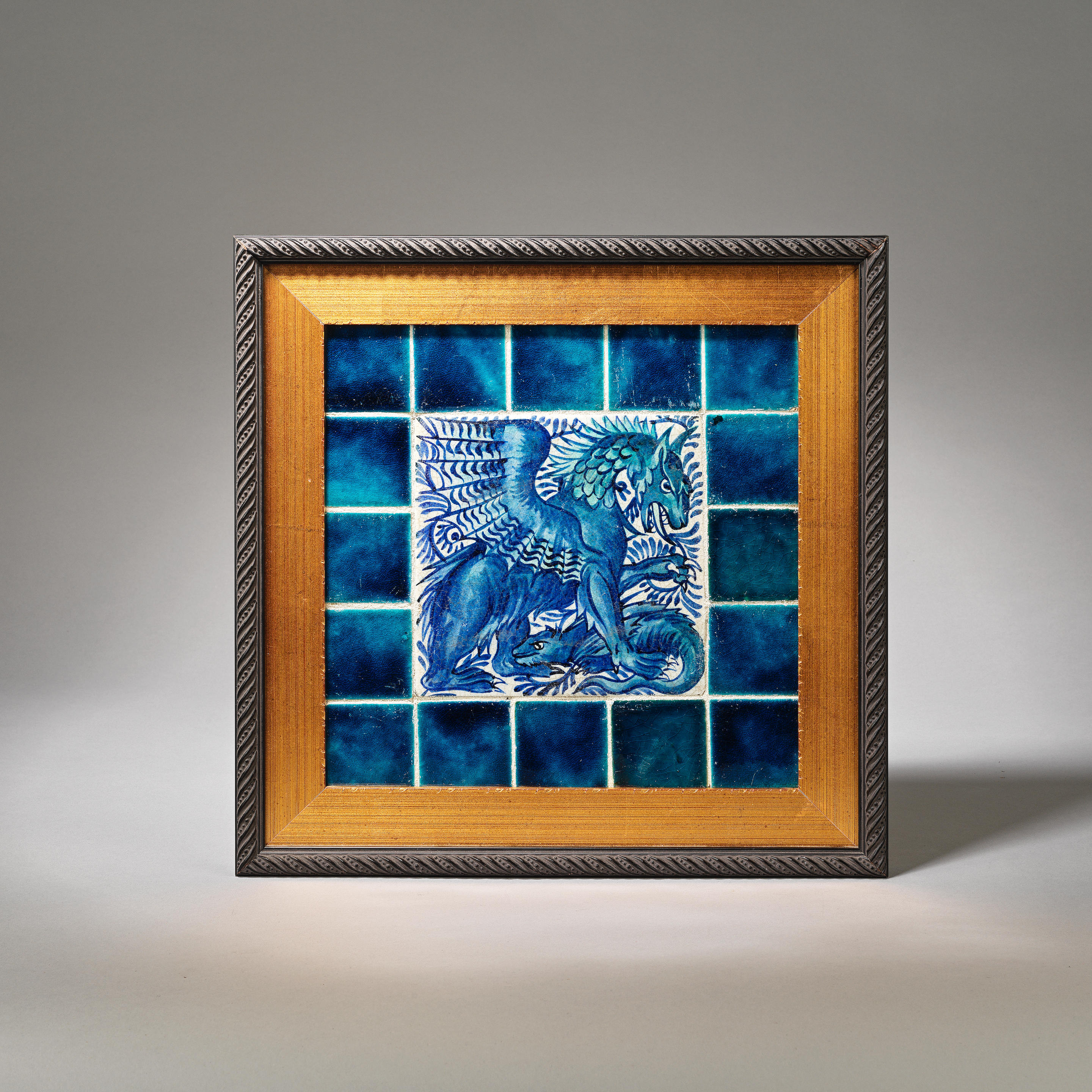
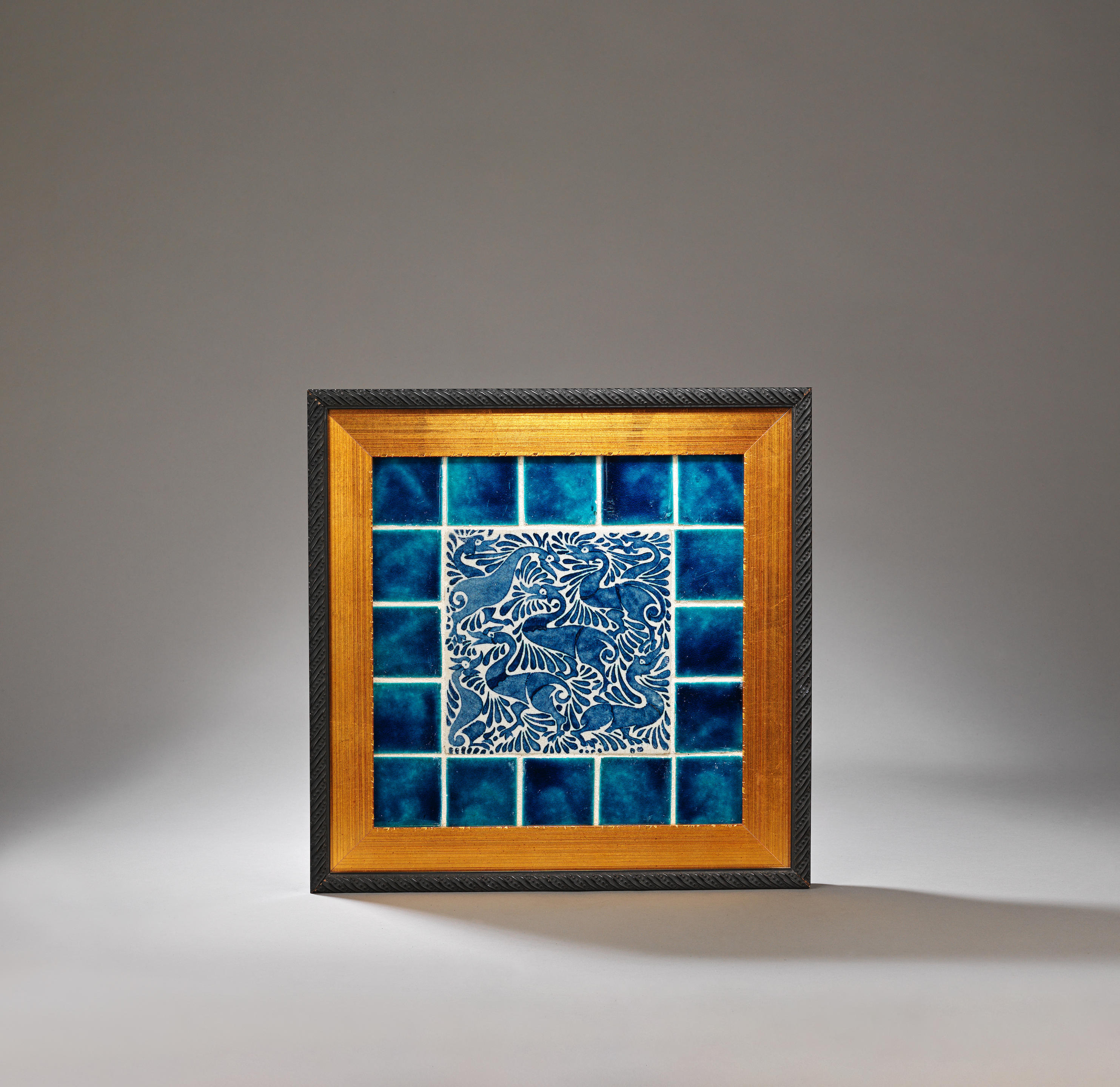


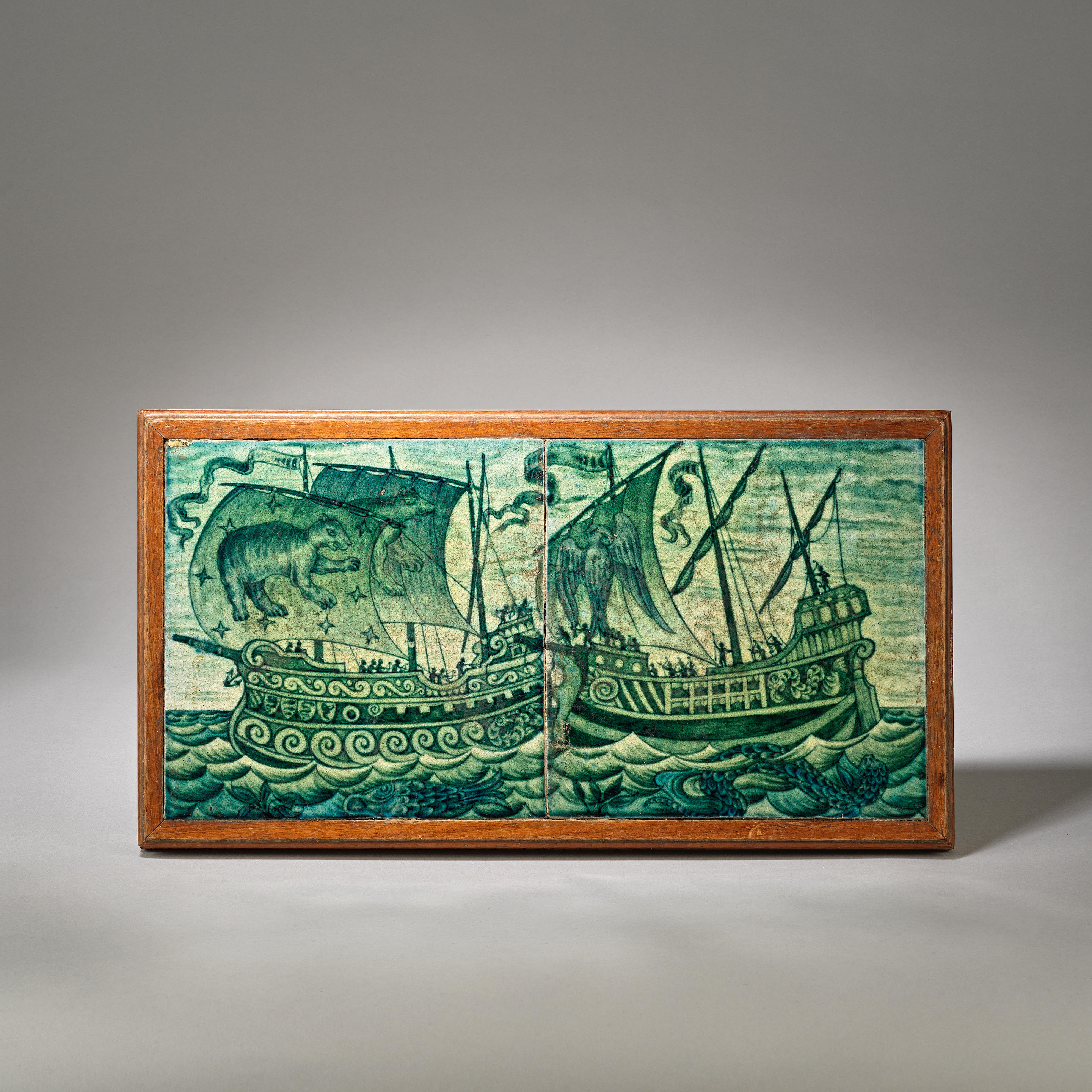

.jpg)
.jpg)
.jpg)
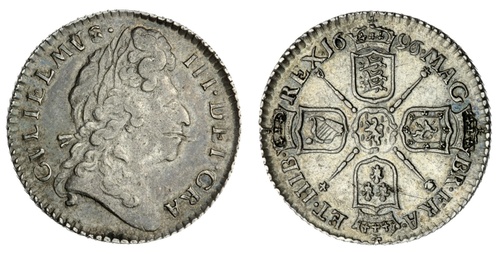

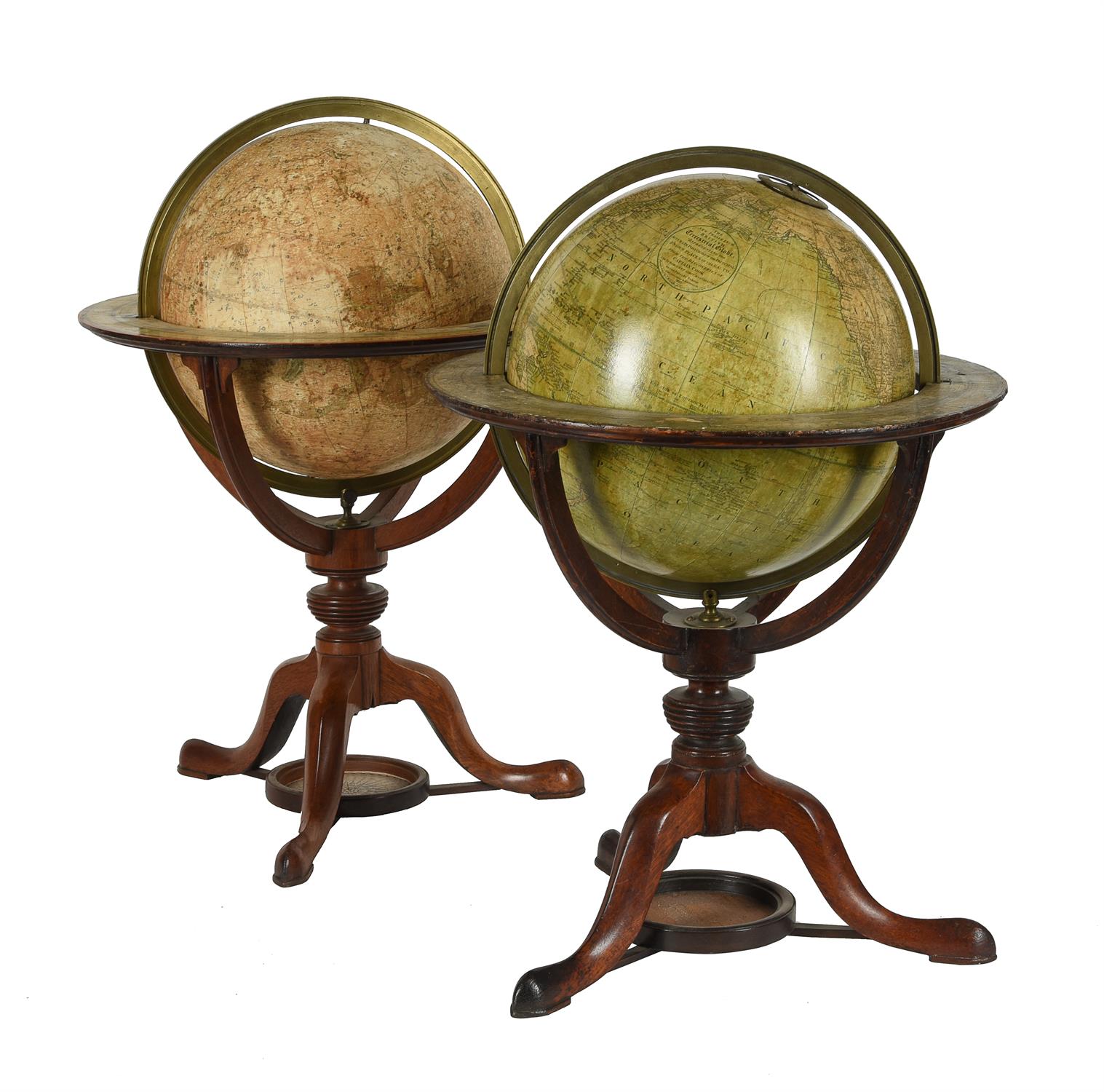
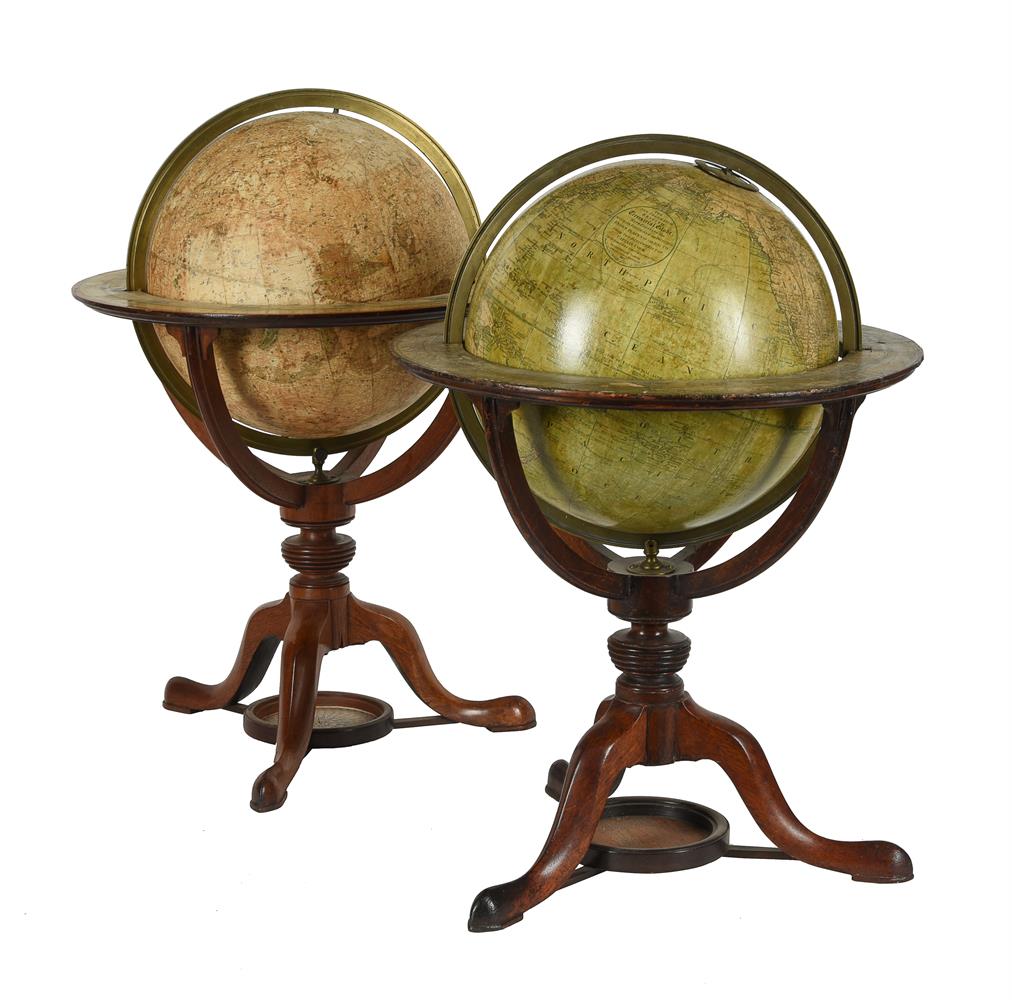
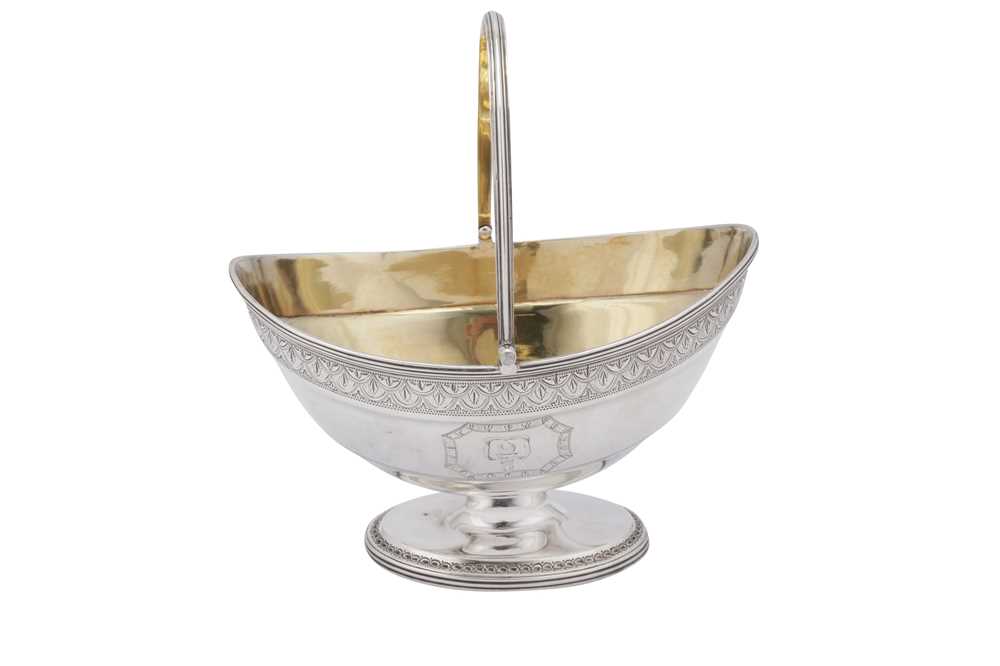
Try LotSearch and its premium features for 7 days - without any costs!
Be notified automatically about new items in upcoming auctions.
Create an alert